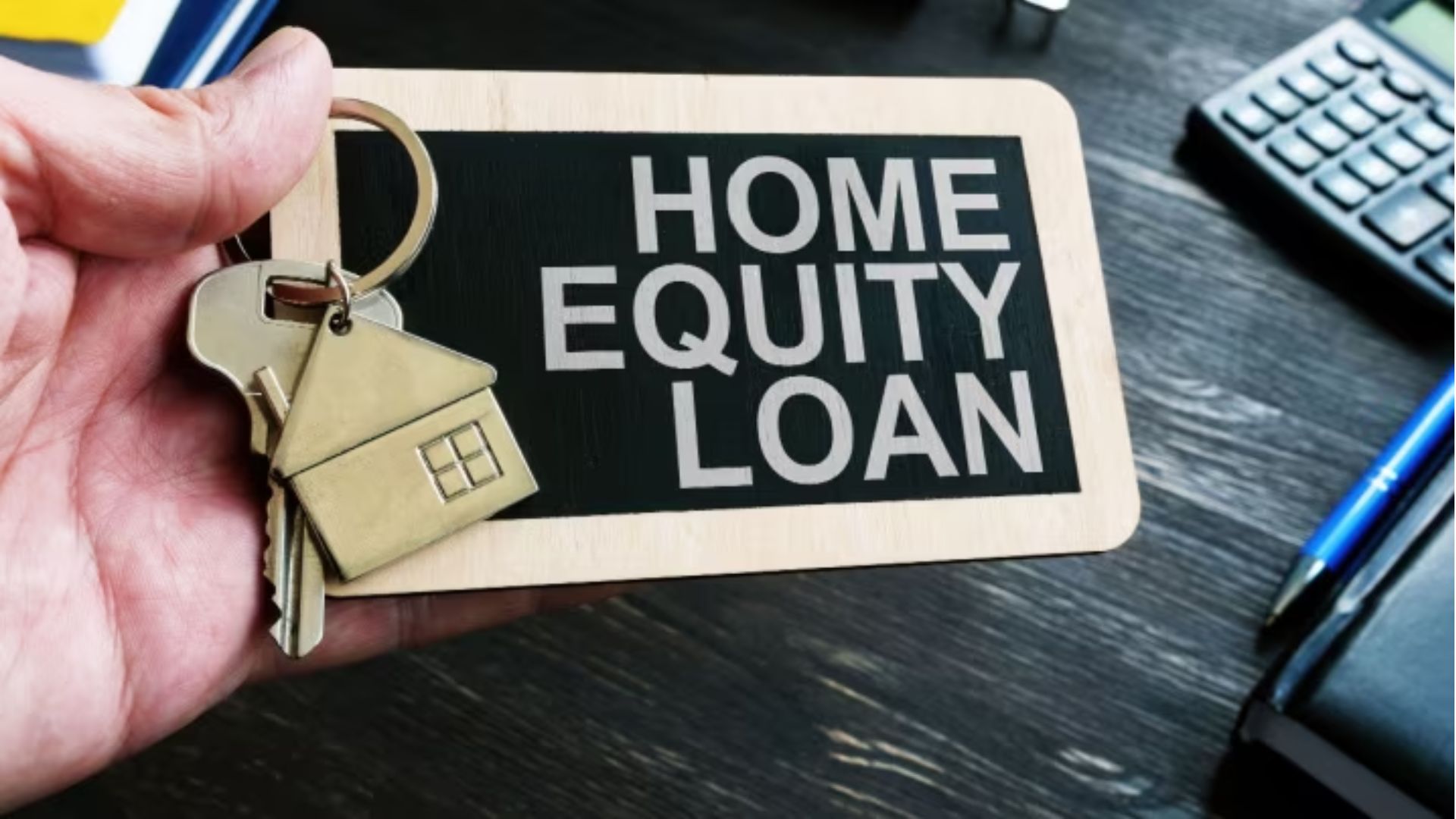Introduction
When it comes to leveraging the value of your home, equity-based home loans can be a powerful financial tool. These loans allow homeowners to access the equity built up in their property, providing a source of funds for various needs. Whether you’re looking to renovate your home, consolidate debt, or cover unexpected expenses, understanding equity-based home loans is crucial.
What Are Equity-Based Home Loans?
Equity-based home loans are financial products that let homeowners borrow money against the equity in their home. Home equity is the difference between the market value of your home and the balance of your mortgage. Essentially, it’s the portion of your home that you truly own. These loans use your home as collateral, which can make them more accessible and offer better terms than unsecured loans.
Types of Equity-Based Home Loans
There are three primary types of equity-based home loans:
- Home Equity Loan: This is a lump sum loan with a fixed interest rate, repaid over a set period. It’s ideal for one-time expenses.
- Home Equity Line of Credit (HELOC): This operates like a credit card, with a revolving credit line that you can draw from as needed. It usually has a variable interest rate.
- Cash-Out Refinance: This replaces your existing mortgage with a new one, which is larger than the amount you owe. The difference is given to you as cash.
Advantages of Equity-Based Home Loans
Equity-based home loans come with several benefits:
- Lower Interest Rates: Since they are secured by your home, they often have lower interest rates compared to unsecured loans.
- Tax Benefits: In some cases, the interest paid on these loans can be tax-deductible.
- Flexible Use of Funds: The money can be used for anything from home improvements to education expenses.
Disadvantages of Equity-Based Home Loans
However, there are also downsides to consider:
- Risk of Foreclosure: Failing to repay the loan can result in losing your home.
- Increased Debt: Borrowing against your home’s equity adds to your debt load.
- Potential for Higher Interest Rates Over Time: Particularly with HELOCs, interest rates can rise, increasing your monthly payments.
How to Determine Home Equity
Determining how much equity you have is straightforward. Subtract the amount you owe on your mortgage from your home’s current market value. Various factors, such as home improvements and market conditions, can affect your home’s equity.
Eligibility Criteria for Equity-Based Home Loans
Lenders look at several factors when determining eligibility for an equity-based home loan:
- Credit Score Requirements: Generally, a higher credit score will get you better loan terms.
- Loan-to-Value Ratio (LTV): This ratio compares your loan amount to the value of your home. Lower LTV ratios are preferred.
- Income and Employment Verification: Stable income and employment history are crucial for approval.
Application Process for Equity-Based Home Loans
The application process typically involves:
- Steps to Apply: Contact lenders to compare offers, fill out applications, and submit required documentation.
- Documentation Needed: Be prepared to provide proof of income, employment, and property details.
- Timeline for Approval: This can vary but usually takes a few weeks from application to approval.
Comparing Equity-Based Home Loans to Other Loan Options
When deciding on a loan, consider how equity-based home loans stack up against:
- Personal Loans: Unsecured with higher interest rates.
- Credit Cards: Best for smaller, short-term needs but with high-interest rates.
- Traditional Mortgages: Suitable for buying a home rather than leveraging equity.
Common Uses for Equity-Based Home Loans
Homeowners use these loans for various purposes:
- Home Renovations: Improving your home can increase its value.
- Debt Consolidation: Pay off high-interest debts with a lower interest loan.
- Education Expenses: Fund tuition and other education-related costs.
- Emergency Funds: Cover unexpected expenses without depleting savings.
Tips for Choosing the Right Equity-Based Home Loan
Selecting the best loan involves:
- Assessing Your Financial Situation: Ensure you can handle the repayments.
- Comparing Lenders: Look at interest rates, terms, and fees.
- Understanding Terms and Conditions: Read the fine print to avoid surprises.
Repayment Strategies for Equity-Based Home Loans
Effective repayment strategies include:
- Fixed Monthly Payments: Consistent payments can help with budgeting.
- Interest-Only Payments: These reduce your initial payments but increase later.
- Lump Sum Payments: Pay off the loan faster if you have extra funds.
Potential Pitfalls to Avoid
Be cautious of:
- Over-borrowing: Only borrow what you need.
- Ignoring Interest Rate Changes: Particularly with HELOCs, keep an eye on rate adjustments.
- Misusing Loan Funds: Use the money wisely to avoid financial strain.
Case Studies: Real-Life Examples
Learning from others can be enlightening:
- Success Stories: Homeowners who have effectively used equity-based loans.
- Lessons Learned: Pitfalls others have encountered and how to avoid them.
Conclusion
Equity-based home loans can be an excellent financial tool if used wisely. They offer lower interest rates and flexible use of funds, making them a versatile option for homeowners. However, it’s crucial to understand the risks and ensure you can meet the repayment terms to avoid potential pitfalls.

